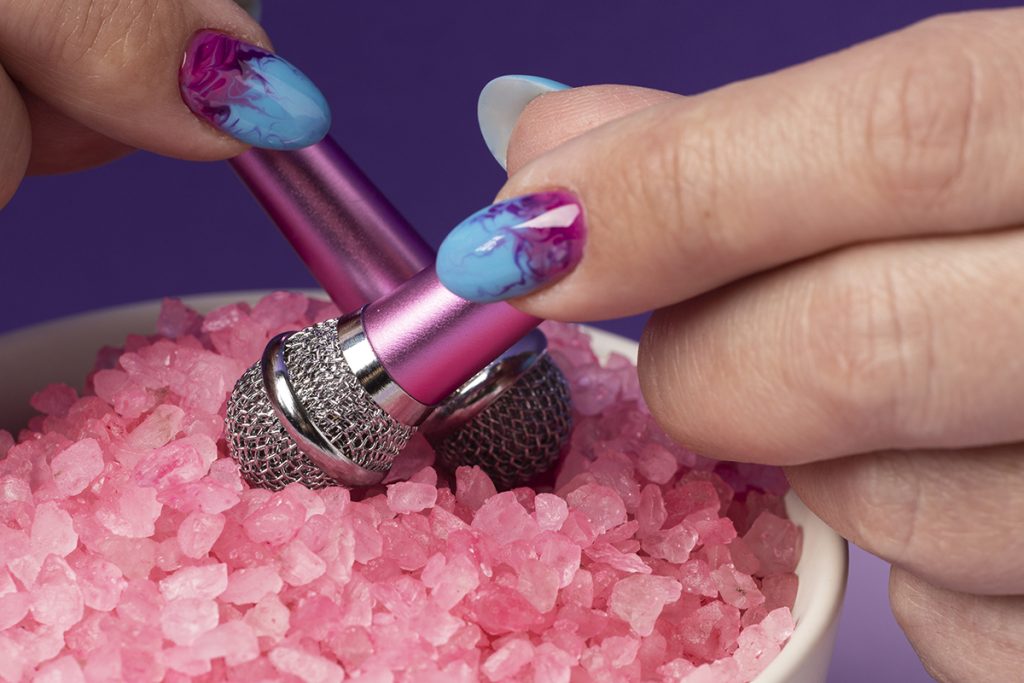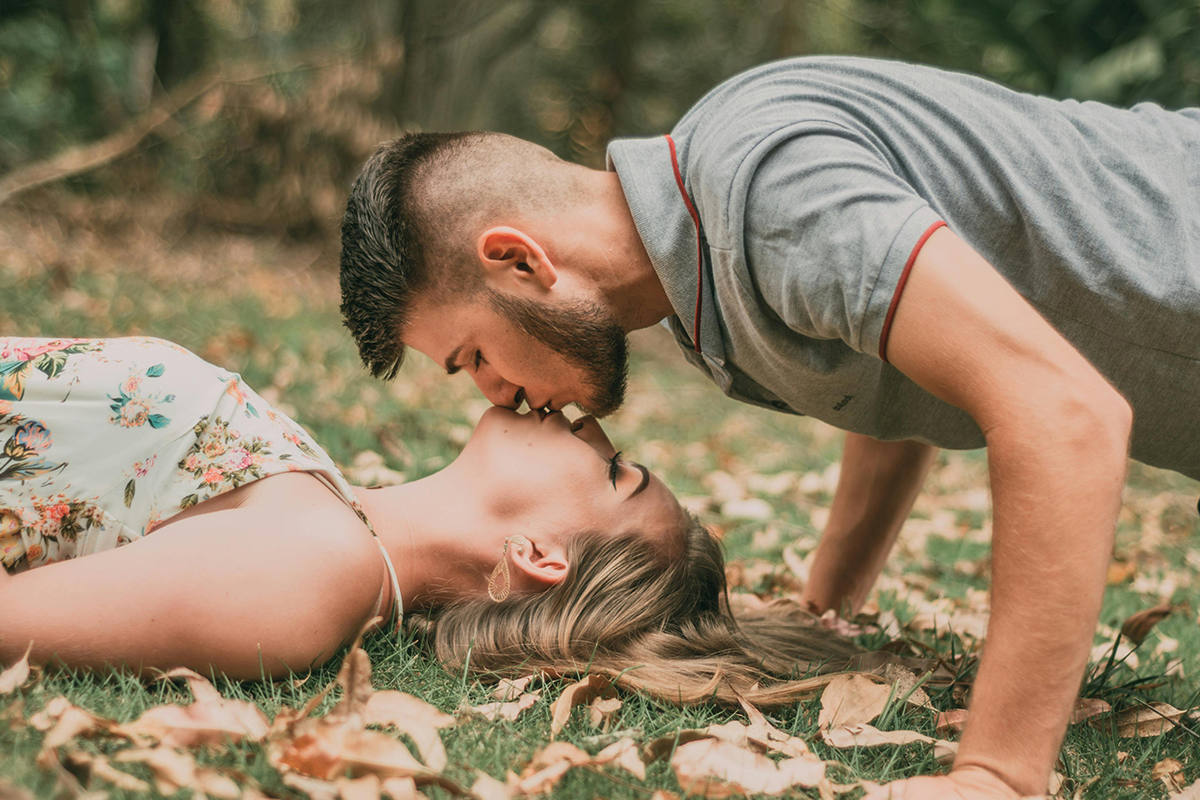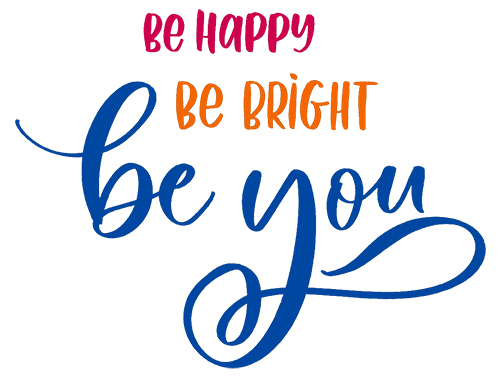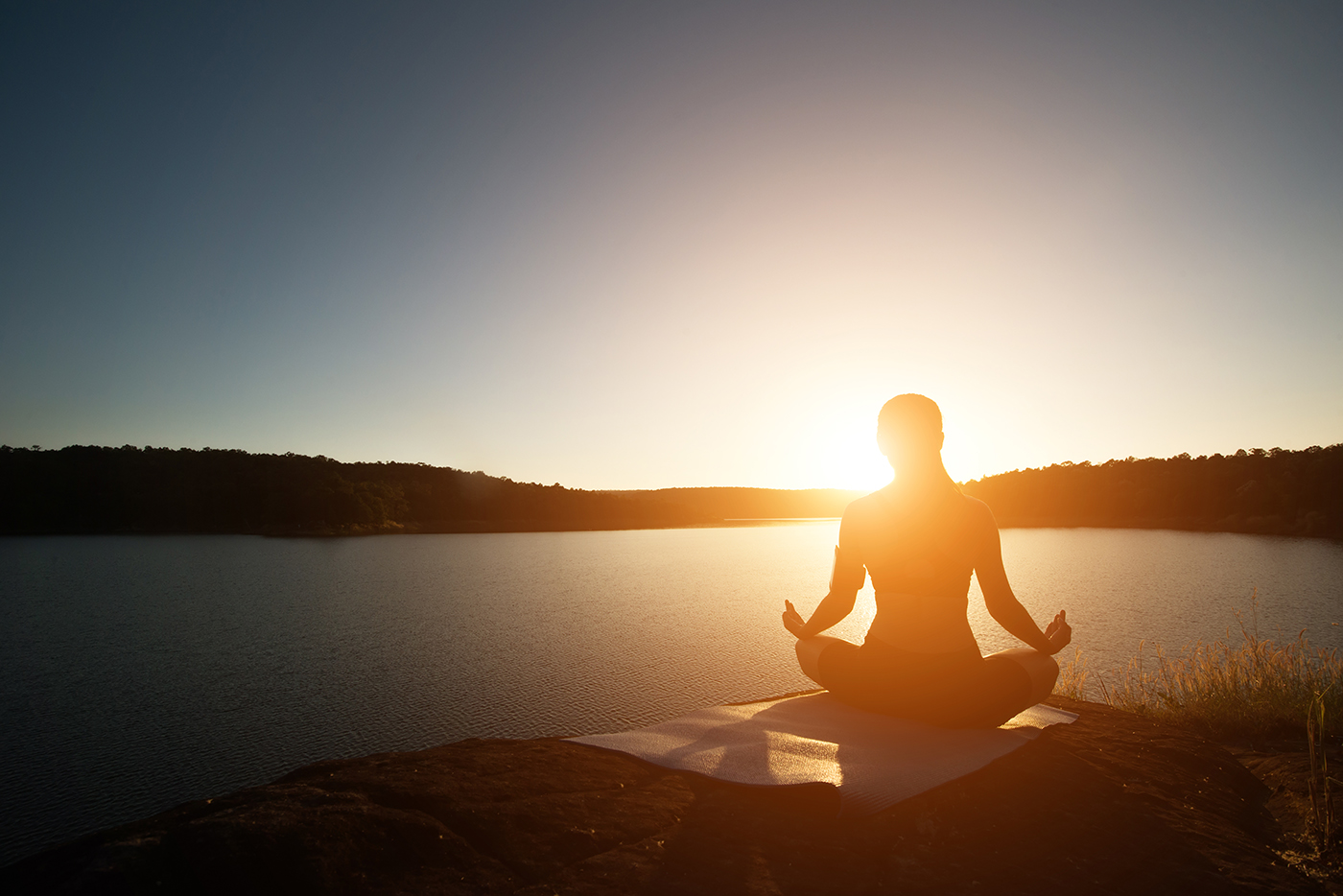The rise of ASMR & relaxation culture
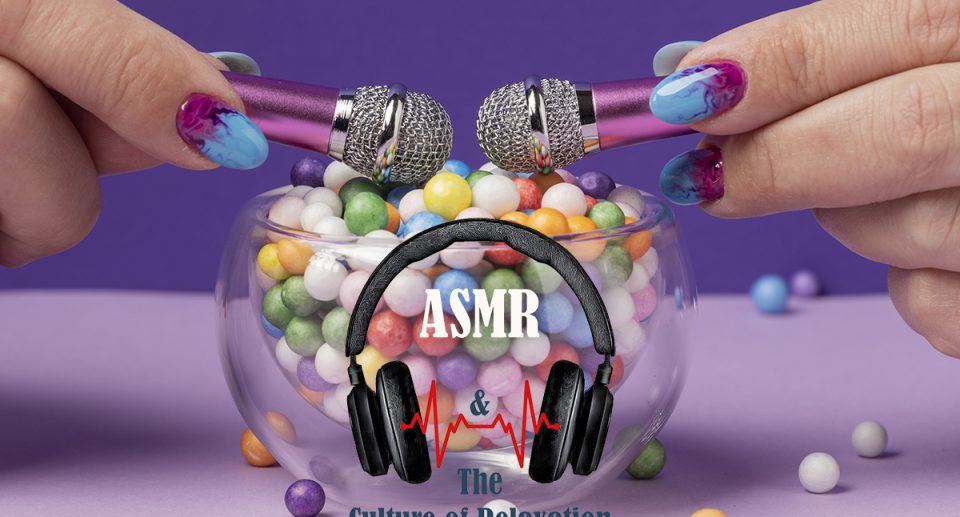
Picture this: a world where buzzing notifications, endless scrolling, and the 24/7 news cycle are the norm. Now imagine a counterpoint to all that chaos—a soft whisper, a faint tap-tap-tap, or the gentle rustle of pages turning.
That’s ASMR, short for Autonomous Sensory Meridian Response, and it’s the internet’s answer to the modern age of burnout. What began as a weird little corner of YouTube is now a global phenomenon, turning tingly sensations into a $1.6 billion self-care industry.
What’s the big deal?
ASMR is that weird, wonderful feeling when a soft voice or a slow, repetitive sound sends a wave of goosebumps down your neck. Think: a whisper in your ear, the clink of a glass being filled, or a hand brushing across fabric.
For some, it’s a kind of digital lullaby—calming, comforting, and oddly addictive. Thanks to someone named Jennifer Allen (shoutout to her 2010 brainwave), the term gave a name to what many felt but couldn’t explain. Of course, not everyone experiences ASMR like this. But for those who do? It’s like a warm hug for the nervous system.
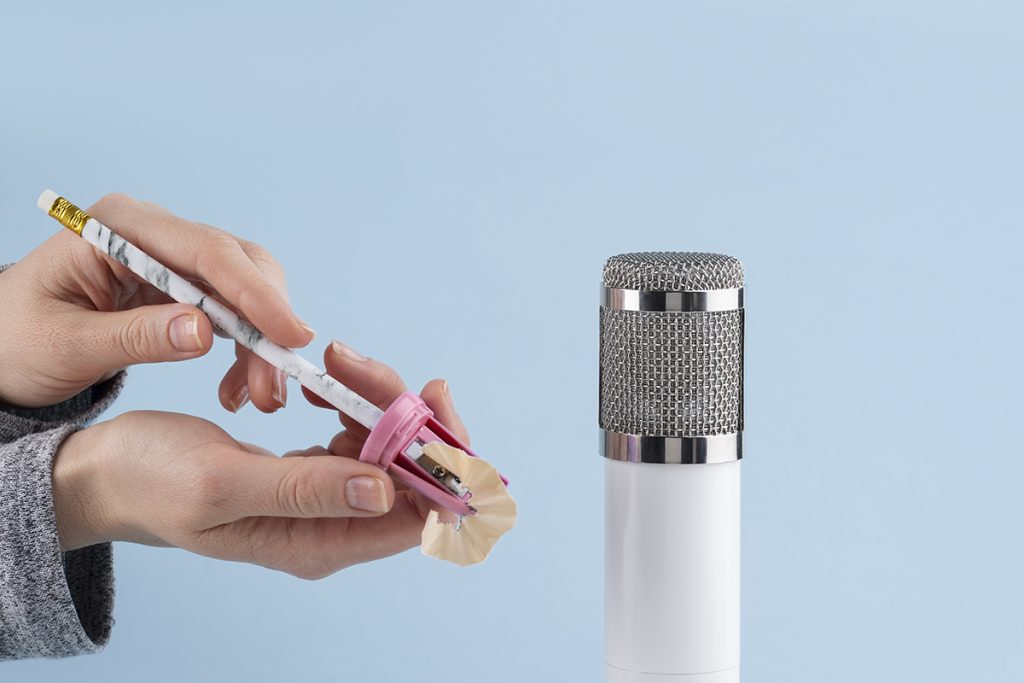

From obscurity to obsession
ASMR’s rise is tied to the rise of YouTube. Back in 2009, a few daring creators uploaded videos of whispered secrets or finger-tapping to see if anyone would notice. Fast-forward to today, and ASMRtists (the cool nickname for these creators) are streaming virtual spa sessions, doctor’s appointments, and even library quiet-time in 4K resolution.
Some have millions of subscribers. Their content spans languages, from Korean role-plays to French tutorials, proving that the need for calm is universal.
Mainstream or what?
ASMR isn’t just for niche fans anymore. Brands like IKEA and Dove have used it in ads to make their marketing feel less salesy and more… soothing. Celebrities, including Cardi B and Billie Eilish, have done ASMR interviews, and platforms like Netflix and Spotify now host full ASMR series. It’s like the internet’s way of saying, “Hey, you’re not alone in needing to breathe.”
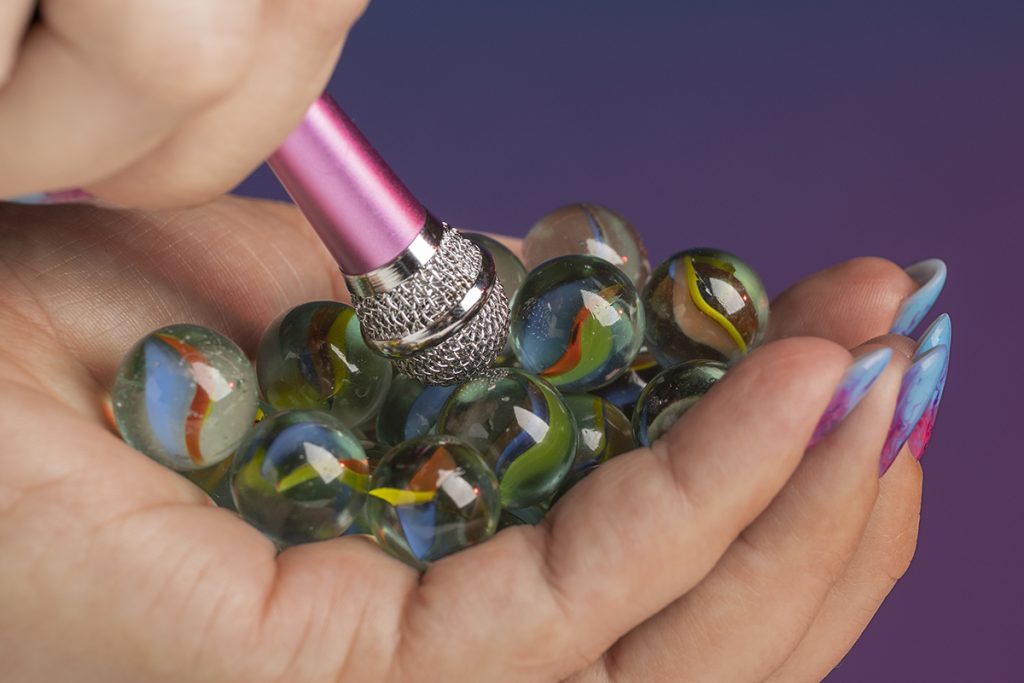
Science checks in
Researchers are still unraveling ASMR’s mysteries, but early studies are intriguing. Brain scans show ASMR activates areas linked to emotional rewards and relaxation. Think of it as the chill version of the chills you get from a killer melody.
Studies suggest it can lower anxiety, slow heart rates, and even help people sleep. Some therapists are even using it to treat insomnia or stress—a far cry from its early days as a quirky internet experiment.
ASMR is more than just sounds
ASMR taps into something bigger: our collective hunger for connection in a disconnected world. Viewers form parasocial bonds with their favorite ASMRtists, calling them “ASMR moms” or “quiet companions.” It’s like having a personal therapist who only talks in hushed tones.
And let’s not forget the role it plays in the wellness boom. Meditation apps, sleep podcasts, and slow TV—ASMR fits right in, offering a low-effort, high-impact way to unwind.
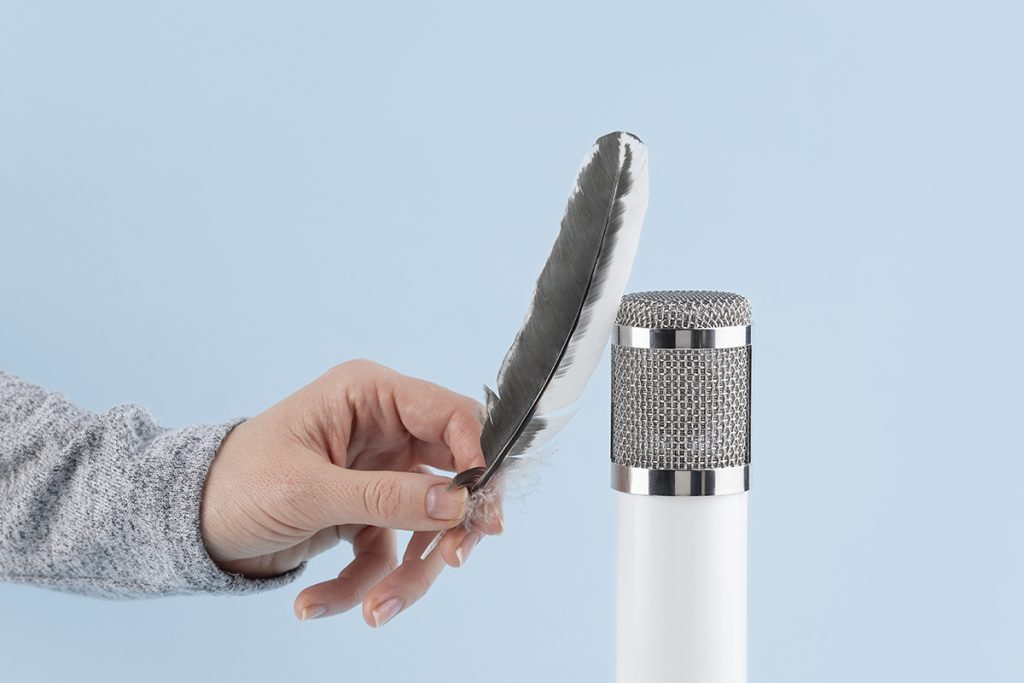

What’s next?
The future of ASMR might be even trippier. Imagine AI-powered ASMR that adapts to your mood or VR environments that let you float in a bubble of calm. Some creators are already experimenting with 360-degree videos and binaural audio to make the experience feel everywhere.
ASMR isn’t just a trend—it’s a cultural shift. In a world obsessed with being always-on, it’s a reminder to slow down, breathe, and let the tingles do the work. Whether you’re craving a nap, a reset, or just a moment of peace, ASMR’s got your back. (And your ears.)
But here’s the real question: In a world full of noise, are we finally ready to listen?
